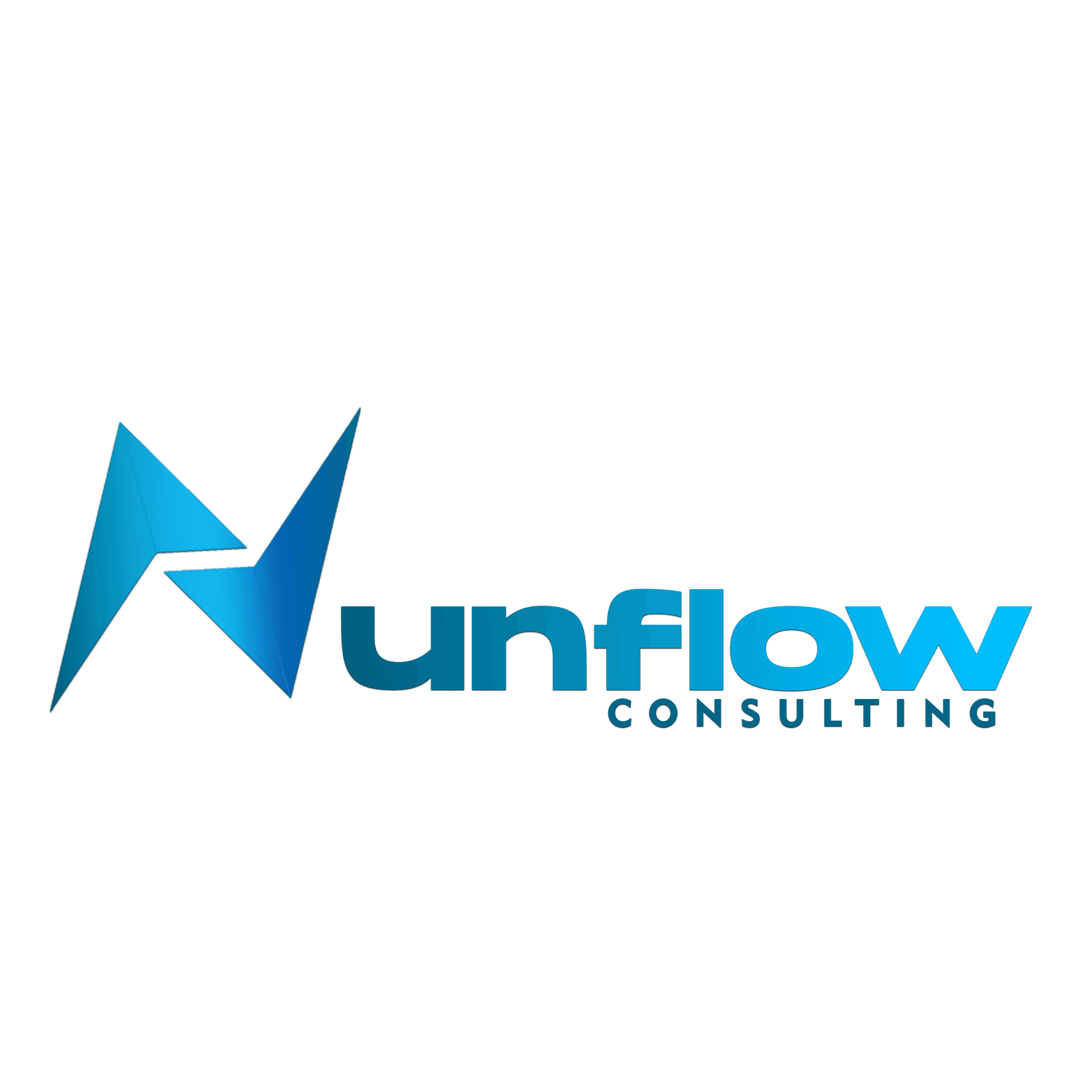How to Optimize HubSpot Workflows for Maximum Efficiency
Ve
Understanding HubSpot Workflows
HubSpot workflows are a powerful tool for automating marketing, sales, and service processes. By streamlining repetitive tasks, they allow your team to focus on activities that require a human touch. Understanding how to optimize these workflows is crucial for maximizing efficiency.
Workflows can be used for a variety of purposes, from nurturing leads to automating internal processes. By setting specific triggers and actions, you can ensure your processes are both efficient and effective.

Defining Clear Goals
Before creating or optimizing any workflow, it's essential to define clear goals. Know what you want to achieve with each workflow. Are you looking to improve lead nurturing, enhance customer retention, or streamline communication?
Having well-defined goals helps in selecting the right triggers and actions. It also aids in measuring the success of your workflows, allowing for continuous improvement.
Aligning with Business Objectives
Ensure that your workflow goals align with broader business objectives. This alignment ensures that the automation efforts contribute positively to your organization’s overall strategy.

Streamlining Workflow Design
Designing a workflow requires careful planning. Start by mapping out the entire process on paper or using digital tools. This visualization helps in identifying potential bottlenecks or unnecessary steps.
Consider using branching logic to create more personalized experiences. HubSpot allows workflows to branch based on specific criteria, ensuring that each contact receives the most relevant communication.
Testing and Iteration
Once a workflow is designed, test it thoroughly. Testing helps in identifying any issues before the workflow goes live. After implementation, regularly review and iterate based on performance data.

Leveraging Data for Optimization
Data is a critical component in optimizing workflows. Use HubSpot's analytics to track the performance of each workflow. Metrics like open rates, click-through rates, and conversion rates provide insights into what’s working and what’s not.
Regularly analyze this data to identify trends and make informed adjustments. This data-driven approach ensures continuous improvement and maximum efficiency.
Personalization with Data Segmentation
Segment your contacts based on behavior, demographics, or engagement levels. Personalized workflows tend to perform better as they cater to the specific needs and preferences of each contact.

Continuous Improvement
Optimization is an ongoing process. Regularly revisit your workflows to ensure they are still aligned with your goals and business objectives. Stay informed about new features or updates in HubSpot that could enhance your workflows.
Encourage feedback from your team members, as they might provide valuable insights based on their day-to-day interactions with the workflows.
By following these strategies, you can ensure that your HubSpot workflows are optimized for maximum efficiency, ultimately contributing to the success of your business.
